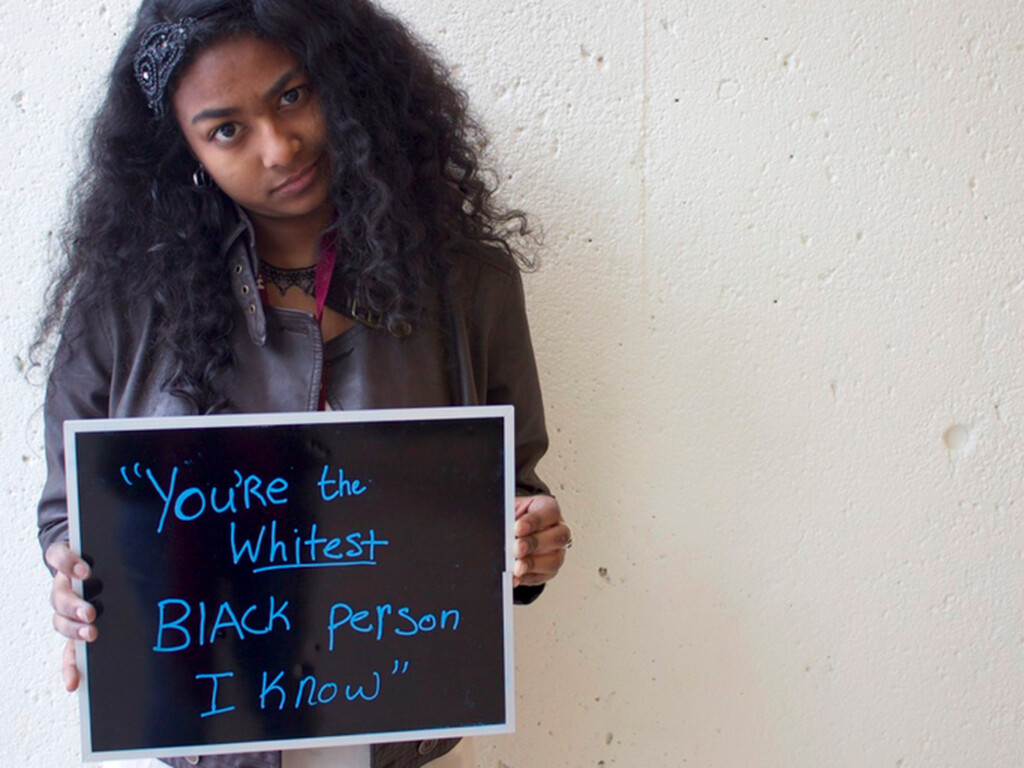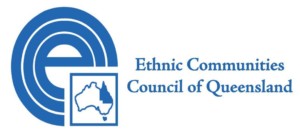
Written by Annalise Webb
While overt racism is obvious, lesser-known small acts of racism, known as “microaggressions” can be equally damaging.
So, what are microaggressions? They are comments and actions that are rooted in racism, bias, and sometimes unconscious bias. Microaggressions can be intentional or unintentional, but their impact on others does not depend on intention.
Examples:
- Commenting on someone’s English skills, or asking where they’re from, simply because they have an accent or “look foreign.”
- Unwelcome, intrusive comments on someone’s appearance: – “I wish I was as dark as you – then I’d never get sunburnt!” – “What’s with the turban?” – “Your hair is amazing – let me touch it!”
- Assumptions about culture: “you must come from a very big family.”
- Expecting to be educated about cultural issues by a person from that culture.
For a person who has lived with their culture their entire life, and whose role is not that of a cultural educator, it is very exhausting to constantly be asked to do emotional labour just so white people can learn something that they should learn independently. People with privileged identity who want to be true allies need to do their homework so that others don’t have to do the work for them.
To avoid microaggressions:
- Be more aware of your biases and their impact.
- Commit to doing your own work. Watch documentaries, research and seek to understand the lived experiences of culturally diverse people.
- Try to think outside of your own perspective.
- It’s ok to be curious – but ask cultural educators instead of the first person of colour you know. You can find lots of information online or feel welcome to contact us at MAS – we’re here to help!




